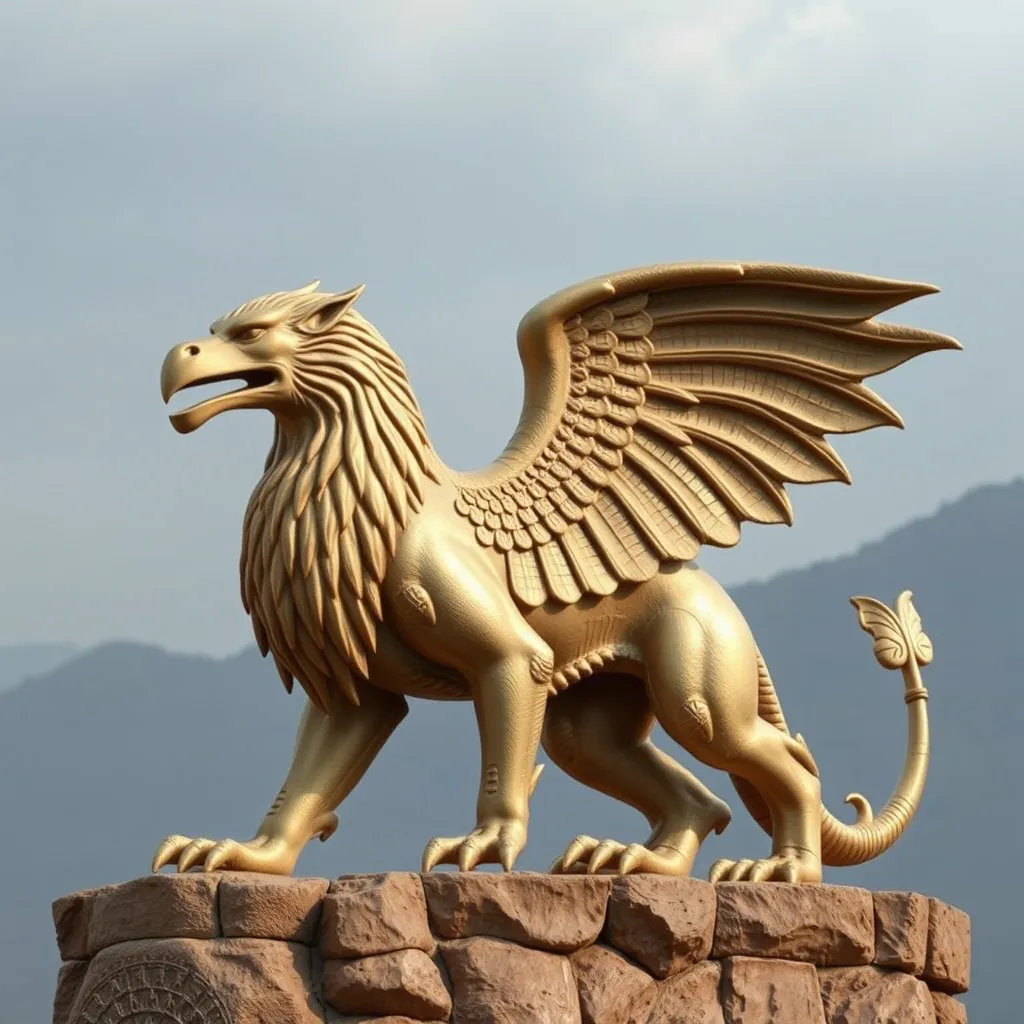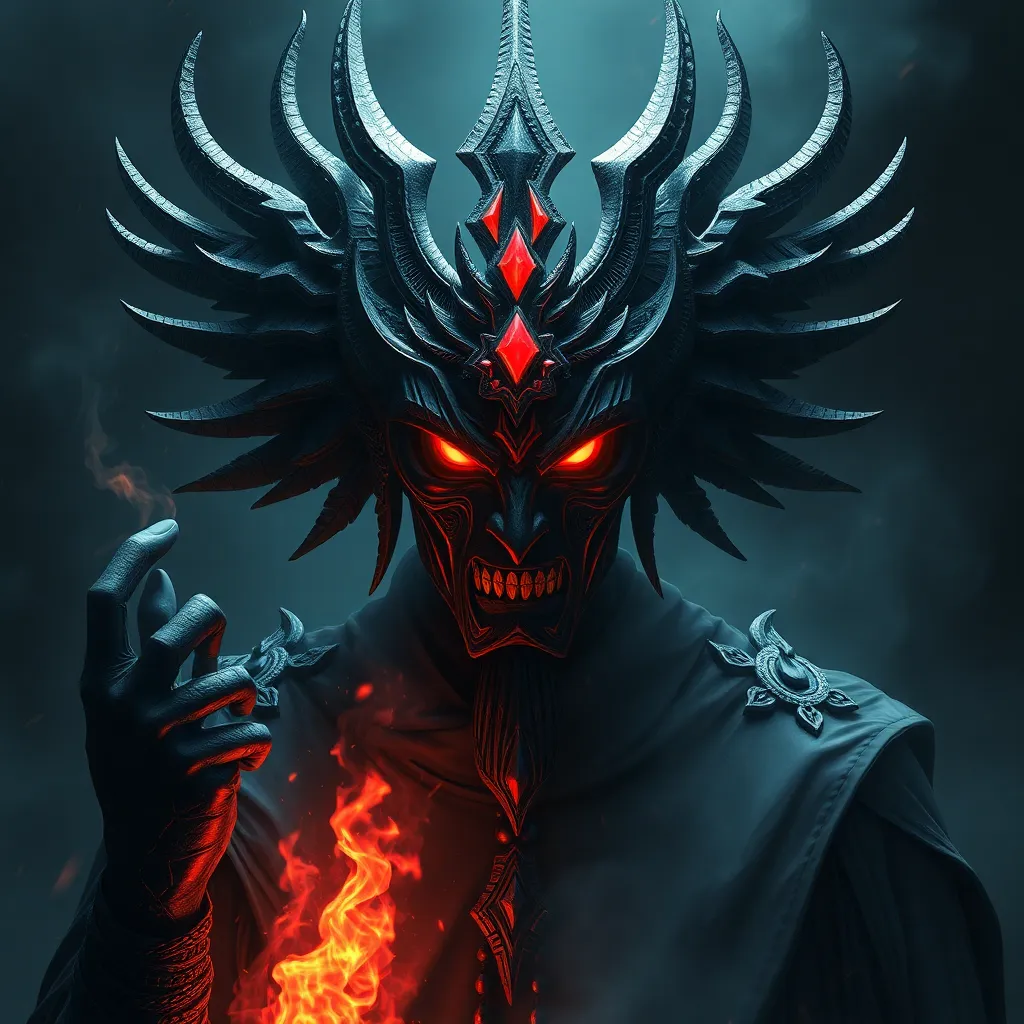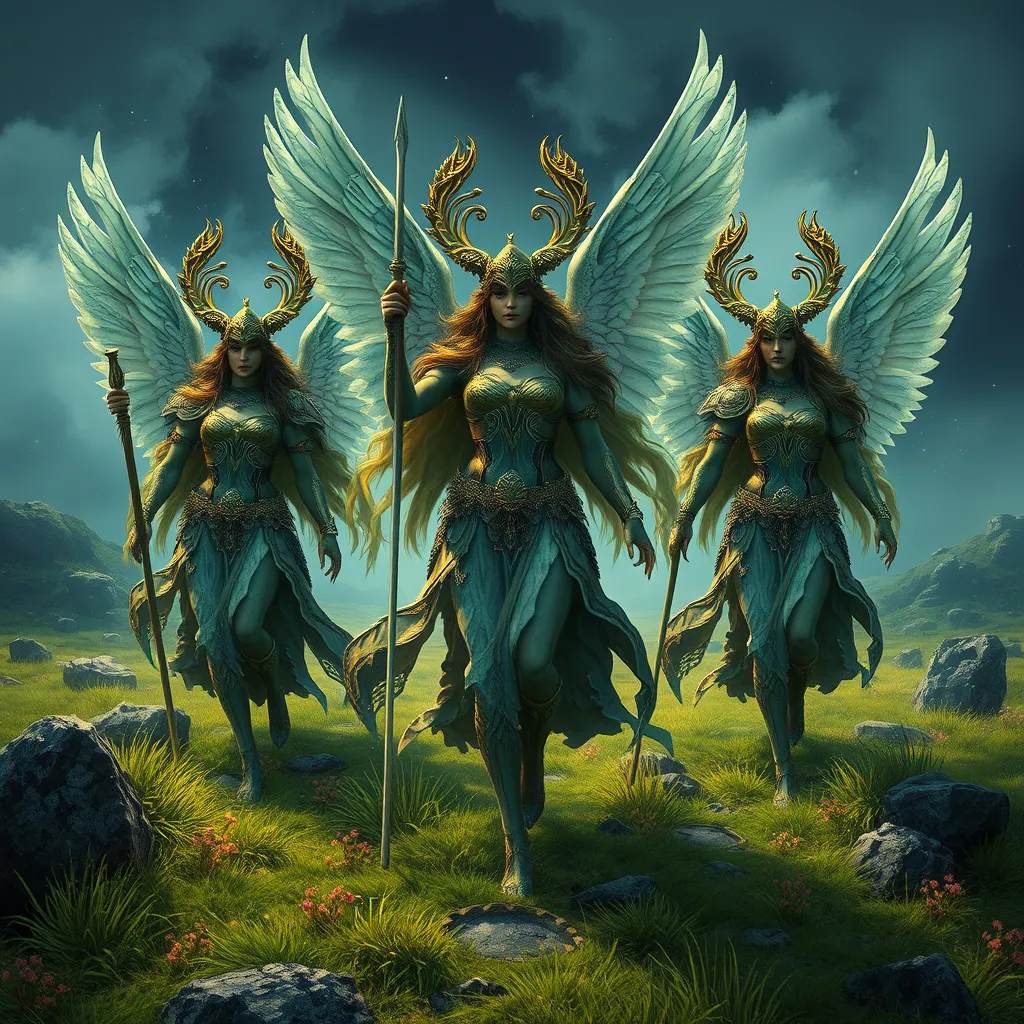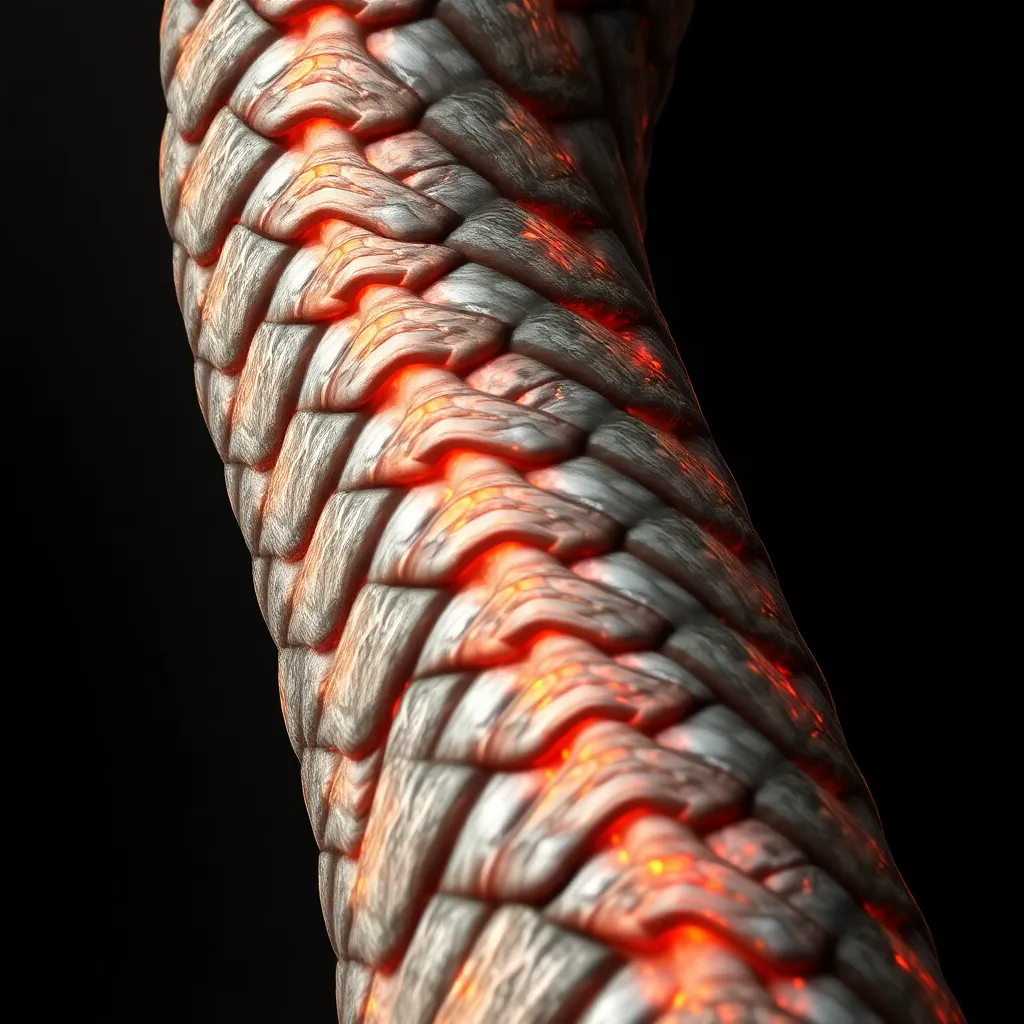The Griffin’s Roots in Mesopotamia: Exploring the Origins of the Beast
I. Introduction
The Griffin, a majestic creature with the body of a lion and the head and wings of an eagle, has captured the imagination of many throughout history. This mythical beast is often depicted in art and literature as a powerful guardian, embodying strength and nobility. Understanding the origins of the Griffin is crucial, as it provides insight into the cultures that created and revered it. This article posits that the Griffin’s roots can be traced back to ancient Mesopotamian cultures, where it served as a symbol of power and protection.
II. Historical Context of Mesopotamia
Mesopotamia, often referred to as the “cradle of civilization,” was home to some of the earliest complex societies in human history. This region, located between the Tigris and Euphrates rivers, saw the rise of powerful city-states such as Sumer, Akkad, Babylon, and Assyria.
In ancient societies, mythological creatures held significant cultural importance. They were often embodiments of natural forces, moral lessons, or societal values. Mythology played a key role in shaping the beliefs and practices of these civilizations, influencing everything from religious rituals to daily life.
Art and literature served as the primary vessels for these mythological narratives. Through sculptures, inscriptions, and epic tales, the characteristics and stories of various creatures, including the Griffin, were immortalized.
III. The Griffin in Ancient Mesopotamian Mythology
The Griffin is described as a formidable creature that combines the strength of a lion with the majesty of an eagle. Its depiction varies, but it is often illustrated with a fierce demeanor, symbolizing both ferocity and protection.
In the context of Mesopotamian lore, the Griffin is comparable to other hybrid creatures, such as the Lamassu, a protective deity with the body of a bull or lion and the head of a human. These creatures were integral to the mythology of the time, serving as guardians of sacred spaces and symbols of divine protection.
The Griffin, specifically, was often portrayed as a guardian figure, symbolizing strength and vigilance. It was believed to protect treasures, temples, and royal households, reinforcing its status as a powerful entity within the mythological hierarchy.
IV. Archaeological Evidence of the Griffin
Archaeological discoveries have unearthed a wealth of evidence regarding the Griffin in ancient Mesopotamia. Key sites that feature depictions of the Griffin include:
- Assyrian Palaces: Elaborate bas-reliefs showcasing Griffins as guardians at the entrances.
- Temple Complexes: Sculptures of Griffins adorning altars and sacred spaces.
- Seals and Cylinder Art: Impressions featuring the Griffin in various artistic styles.
Artifacts such as seals, sculptures, and pottery have provided invaluable insights into the role of the Griffin in Mesopotamian society. These findings suggest that the Griffin was not merely a mythical creature but an essential symbol of authority and protection.
V. The Griffin’s Symbolism and Cultural Significance
The Griffin epitomized strength and protection in ancient Mesopotamian culture. Its dual nature, merging the terrestrial power of the lion and the celestial majesty of the eagle, made it a fitting symbol for kings and deities.
Moreover, the Griffin was often associated with royalty and divine beings. It adorned the crowns and insignias of rulers, signifying their divine right to govern and their protection by the gods. This association extended into funerary practices, where Griffins were depicted in tomb art, symbolizing the deceased’s journey to the afterlife and their protection in the next world.
VI. The Evolution of the Griffin in Subsequent Cultures
As the Griffin’s image spread beyond Mesopotamia, it was adopted and adapted by various cultures, including the Persians and Greeks.
- Persian Influence: In Persian mythology, the Griffin became a symbol of divine guardianship and was often depicted in royal iconography.
- Greek Adaptation: The Greeks incorporated the Griffin into their mythology, associating it with the sun god Apollo and the goddess of the hunt, Artemis.
This transformation of the Griffin’s image over time reflects the creature’s adaptability and enduring significance. Its impact on Western mythology remains evident, with the Griffin appearing in heraldry, literature, and art throughout the ages.
VII. Modern Interpretations and Representations of the Griffin
In contemporary society, the Griffin continues to inspire artists, writers, and creators. It appears in various forms of media, including:
- Fantasy Literature: The Griffin is a popular creature in fantasy novels, often serving as a noble companion or fierce guardian.
- Visual Arts: Many contemporary artists draw on the Griffin’s rich symbolism, incorporating it into modern works.
- Film and Video Games: The creature often appears as a majestic beast in fantasy films and video games, captivating audiences with its mythical allure.
The resurgence of interest in ancient mythologies has led to a renewed appreciation for the Griffin, showcasing its versatility as a cultural symbol in modern narratives.
VIII. Conclusion
In summary, the Griffin’s origins and significance in Mesopotamia highlight its role as a symbol of power and protection. It served as a guardian figure in ancient mythology, revered by rulers and common people alike.
The enduring legacy of the Griffin is evident in both historical and modern contexts, illustrating the importance of studying mythological creatures to understand cultural heritage. As we continue to explore these ancient narratives, the Griffin remains a potent symbol of strength, vigilance, and the rich tapestry of human imagination.



